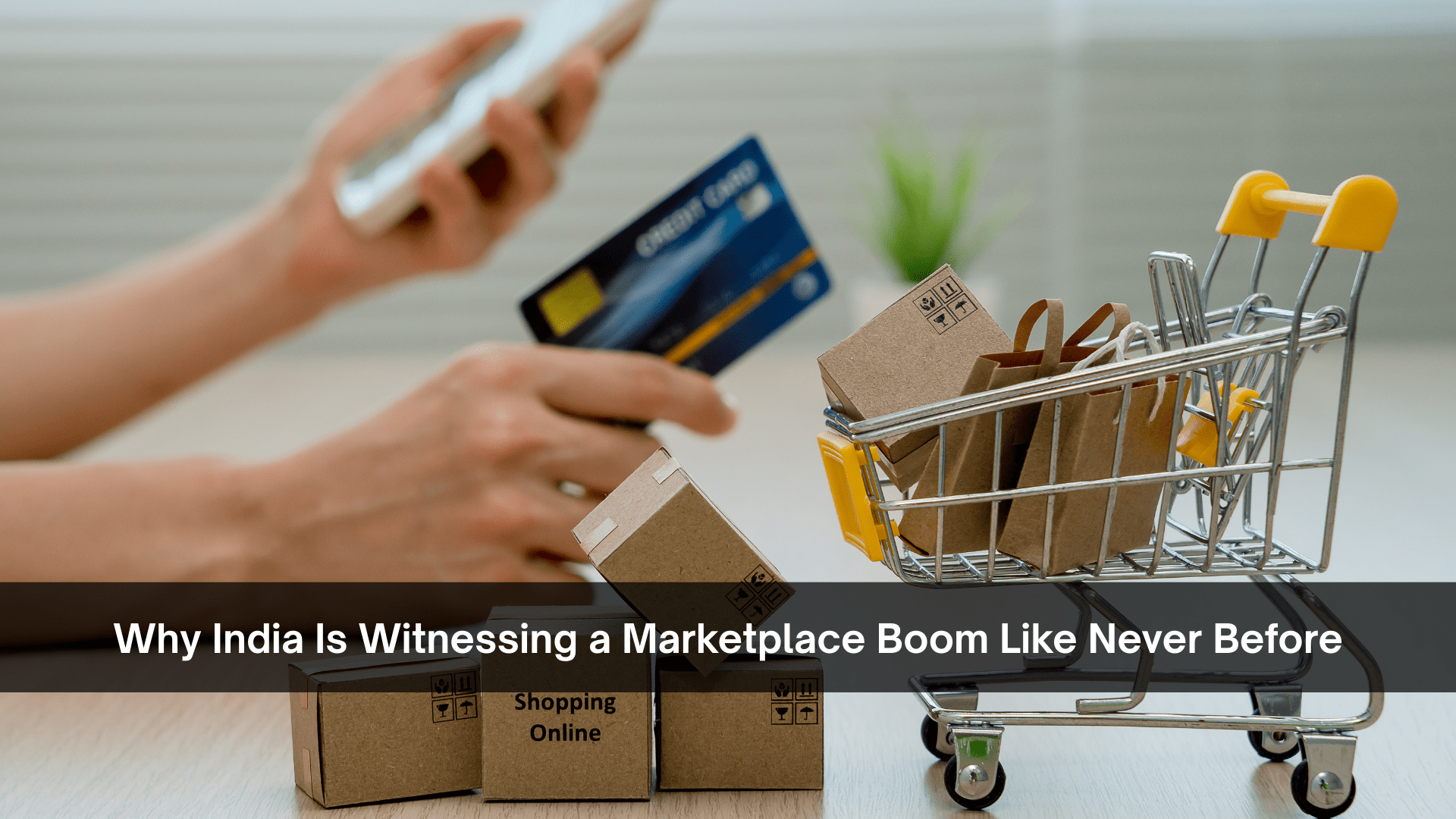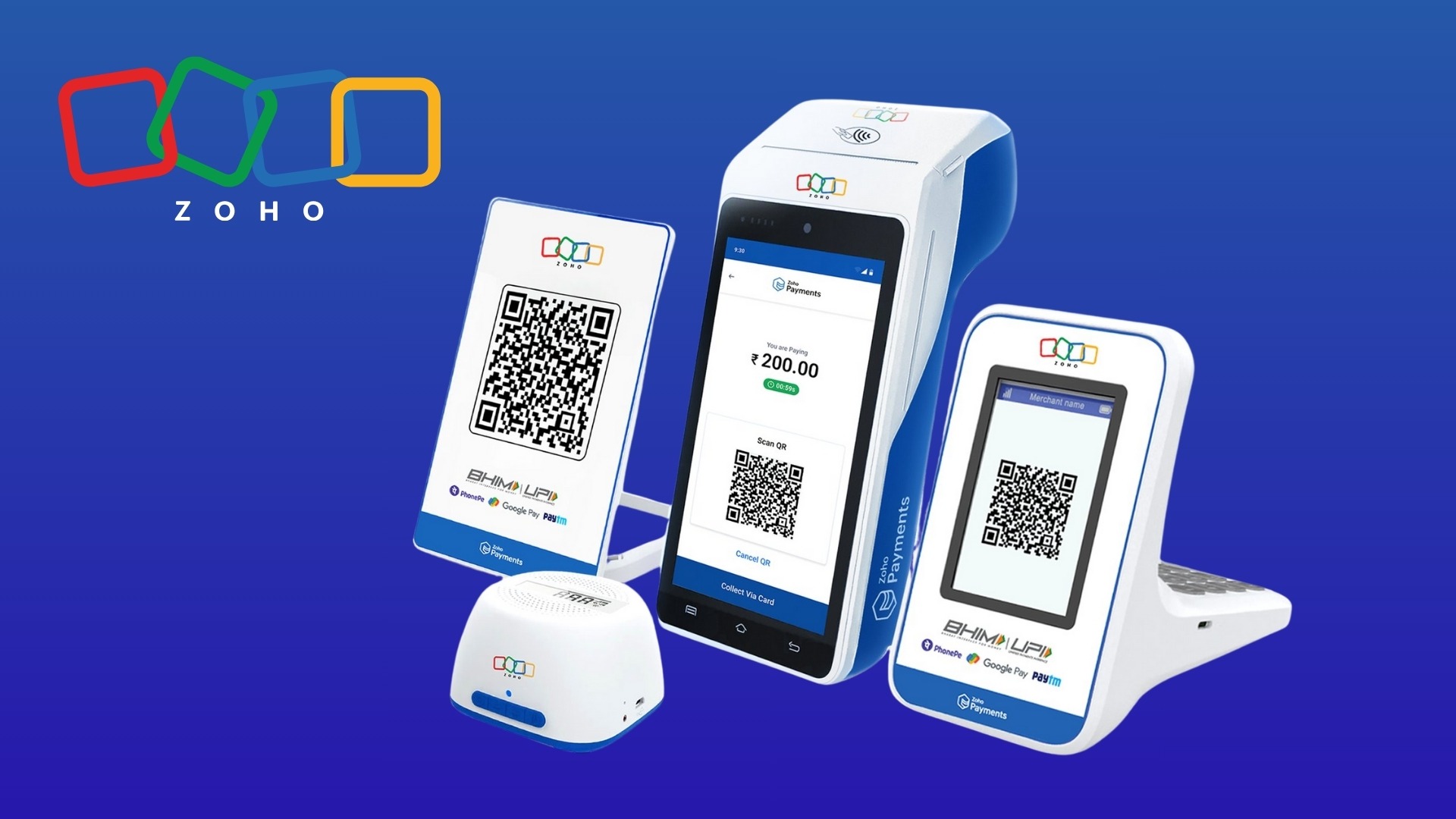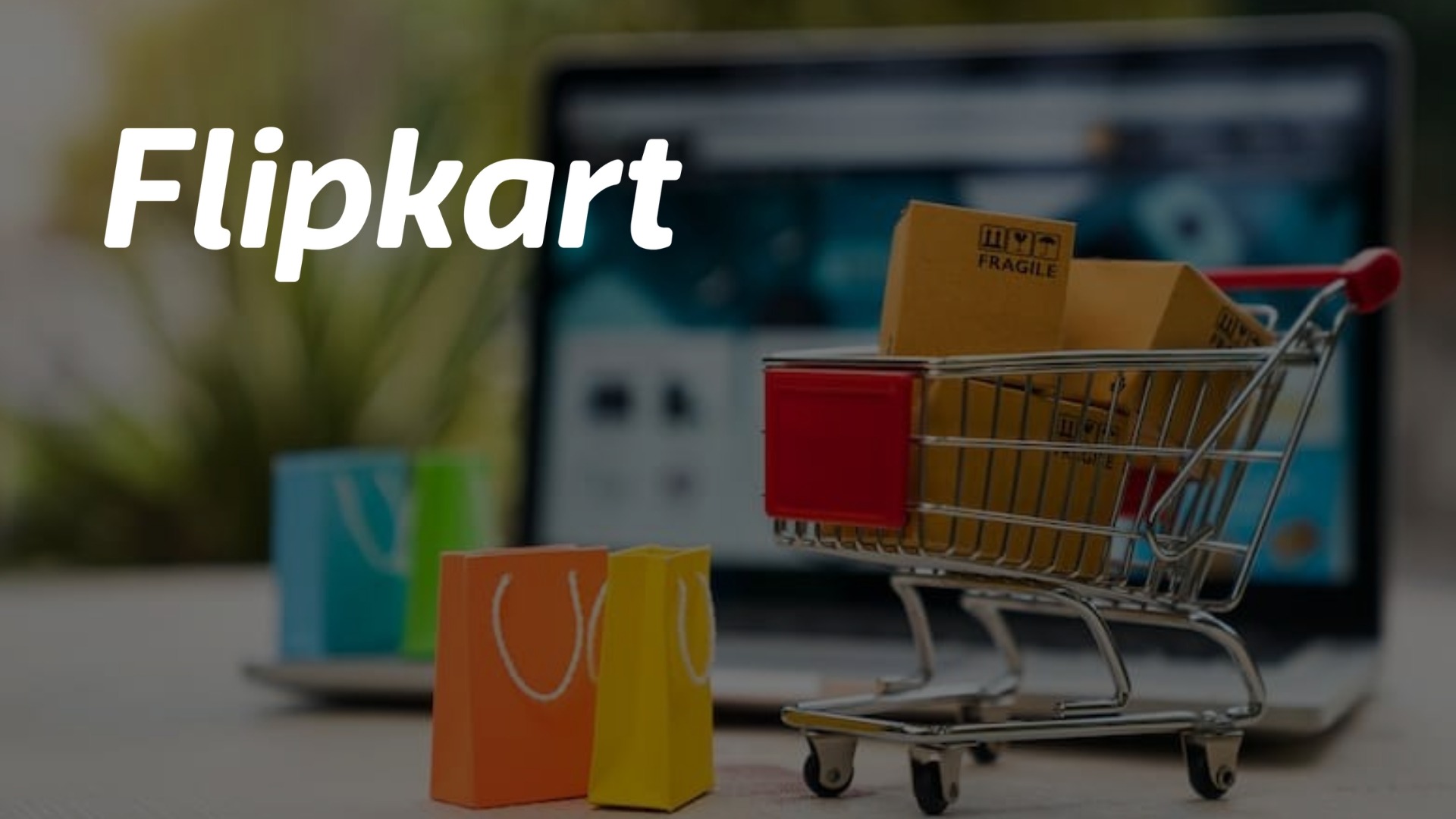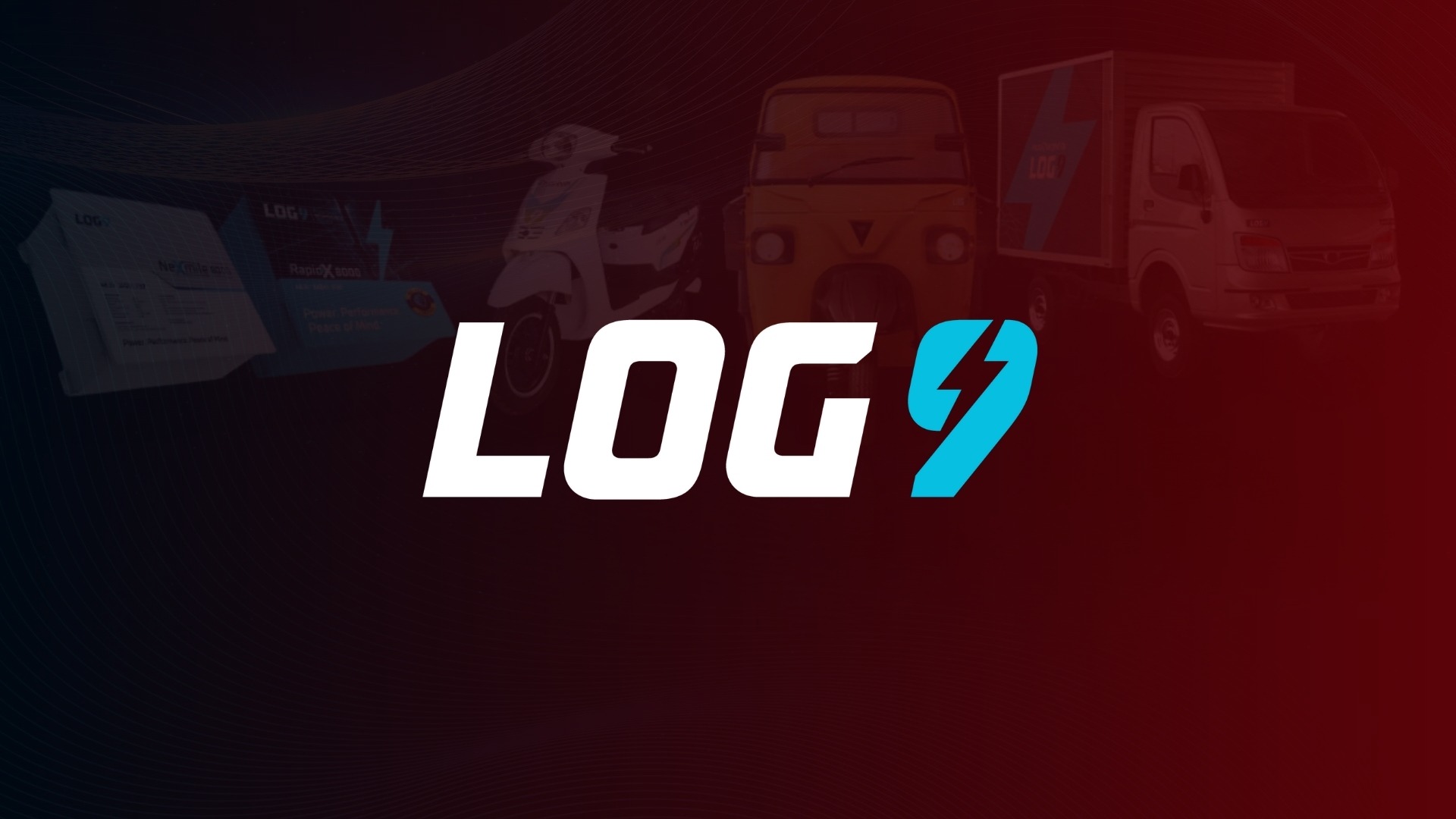India has seen a wave of startups coming up in the last few years. Many of them have raised big money, some have already turned unicorns, and others are waiting in line as soonicorns. But if you look closely at these companies, most of them are built on a very similar idea: they are all trying to create an online marketplace for different industries
If we go back a decade, the whole story started with e-commerce. Flipkart and a few other players changed the way Indians shop. They solved one big problem: convenience. Suddenly, people could sit at home and order almost anything books, phones, and clothes and get it delivered to their doorstep. That one shift showed the power of marketplaces.
Since then, the idea has spread everywhere. Today, if you want food, you use Hungrea, Zomato or Swiggy. For clothes, you have Myntra, AJIO, and Flipkart. For groceries, there’s quick commerce like Blinkit, Zepto, and BigBasket. If you need a service from home cleaning to a beautician, Urban Company is there. For meat and fish, you have Licious and FreshToHome. Even construction materials now have Infra.Market. The list just keeps going, and almost every category you can think of has its own marketplace today.
But if you really think about it, all these companies are solving the same core problem. It’s not just about an app or a website. The real issue they attack is India’s fragmented supply chain.
India is one of the world’s largest markets. Almost every sector here is huge in size: retail, agriculture, construction, steel, logistics, fisheries, you name it. But the surprising part is, even though these markets are massive, most of them are still very unorganized.
Take retail, for example. India has around 12 million kirana stores (small grocery shops) that make up more than 85% of India’s retail trade. These kiranas buy from different wholesalers, distributors, and sometimes directly from companies. There’s no single system, which means prices vary, stock availability is a problem, and deliveries can take days.
The same issue exists in construction. India’s construction material market is worth $110+ billion, but most of it runs through thousands of small, local suppliers. A contractor who needs steel, cement, and tiles usually deals with 5–10 different vendors. This takes time, increases costs, and makes the process unreliable.
Agriculture is another big example. Over 50% of India’s workforce is linked to farming, yet the supply chain is broken. Farmers often sell through mandis (middlemen markets), where prices fluctuate daily, and they rarely get direct access to buyers. That’s why startups like DeHaat and Ninjacart came up, to connect farmers directly with retailers and restaurants.
Even in meat and fish, India is the second-largest fish producer in the world, but the industry is fragmented. Fresh fish or chicken goes through layers of wholesalers before reaching your kitchen. That’s why companies like Licious and FreshToHome stepped in, promising clean, fresh, and timely delivery.
So, across sectors, the story is the same: huge demand, huge market size, but supply chains that are fragmented, messy, and inefficient. And that’s the gap these new-age startups are filling with digital marketplaces.
Well, supply chain is not the only reason; there are some other reasons. Whatever we discussed is mostly B2C, which means to the customer. But the rise of B2B is growing slowly these days. When you compare the B2C and B2B, the repetition of orders is higher in B2B as compared to the B2C.
One big reason why B2B marketplaces are growing so fast in India is business digitization. The tech adoption we see today actually started with consumers, as more than 750 million Indians came online; small businesses, too, began to see the benefit of being digital.
India has over 60 million MSMEs (micro, small, and medium enterprises), and about two out of three have already adopted some kind of technology, whether it’s digital payments, online ordering, or managing accounts on an app. Out of these, around 10% (about six million MSMEs) are actively buying and selling online today. But this number is only going to rise. In the next four years, almost 25% of all MSMEs (15 million businesses) are expected to transact on online marketplaces.
This shift shows us how fast India’s traditional businesses are moving to digital platforms and why marketplaces are becoming such a powerful model.
Another major reason for the rise of marketplaces in India is trust and transparency. Traditionally, most businesses in India worked on relationships. You had to know the right distributor, the right supplier, or the right middleman. Prices were often not clear, quality varied a lot, and payments were delayed.
Marketplaces solve this by bringing everyone onto one platform where you can see prices upfront, compare options, and make payments securely. This builds trust between buyers and sellers who might have never met before.
The next important factor is logistics and payments infrastructure. A decade ago, even if someone wanted to build a marketplace, there was no easy way to deliver products across India or collect money smoothly. But today, with companies like Delhivery, Ecom Express, and even India Post improving logistics, goods can move faster and more reliably. On the payments side, UPI has been a game changer. Small shops and big businesses alike can now transact instantly, which makes online marketplaces run much more efficiently.
So, today we have all the requirements in hand to build a proper marketplace or any other solution. These all led to the rise of online B2C and B2B marketplaces in India.
Well, now the wave of marketplaces is so huge, let’s see how the next revolution comes on top of these marketplaces.
Also Read: Vodafone Idea Partners with IBM for AI-Powered Managed Services Transformation








